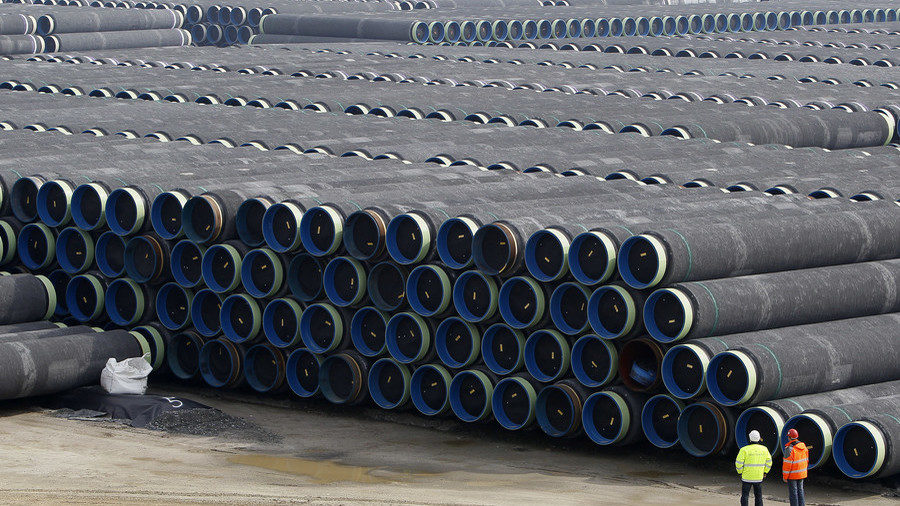The 9.5 billion euro ($11.17 billion) project is set to bring Russian gas to Germany under the Baltic Sea. It is a joint venture of Russian energy giant Gazprom with French Engie, Austrian OMV AG, UK-Dutch Royal Dutch Shell, and German Uniper and Wintershall. The capacity of the pipeline will be 55 billion cubic meters of gas per year.
"The government gives permission to Nord Stream 2 to lay a gas pipeline in the economic zone of Sweden in the Baltic Sea. Sweden has no choice of saying 'no' to the project," the Minister for Enterprise and Innovation, Mikael Damberg told reporters at a press conference.
Damberg, however, emphasized the government's "negative attitude towards the project as a whole, since there is a risk that it contradicts the goals of the Energy Union."
He also mentioned the consequences for Ukraine as a transit country for Russian gas due to possible significant economic losses that could arise.
The EU "should reduce dependence on Russian gas" which, according to the Swedish minister, is an instrument of "political pressure."
Comment: Would they rather depend on American gas instead? Do they think there will not be any political pressure then? Not the smartest move! It is in Europe's best interest to quit the hysteria, since Russia is its natural partner - not the US!
In April, the project's operator, Nord Stream 2 AG, obtained a license to build an underwater section of the pipe in German territorial waters and an input terminal in Germany. A similar license has been granted by Finland, where preparatory work at an undersea section of the pipeline is already underway.
According to the operator, Nord Stream 2 is the most efficient way, both economically and ecologically, to deliver Russian gas to European consumers. The future pipeline will provide transit of 70 percent of Russian gas sales to the EU via the German route when it is built in 2019.




Comment: Europe's American masters will not be happy: